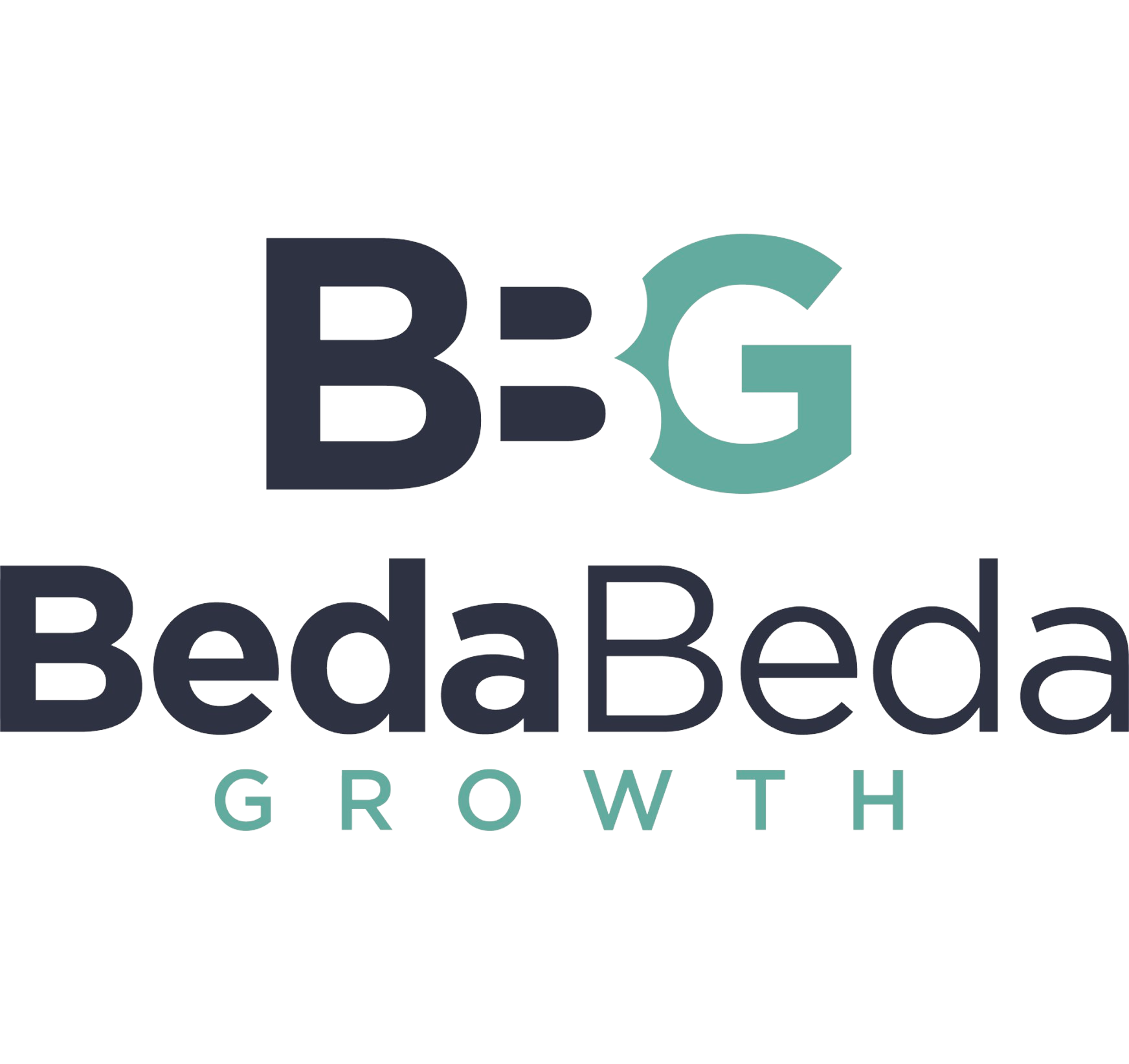Despite sometimes seeing promising results from simple copywriting tests (aka: quick wins), it is essential to highlight that these will only work repeatedly when a strong strategy is applied behind it. This can feel daunting when copywriting can seem so straightforward & simple, but it’s essential to have a strong hypothesis behind every test.
Here is a structure to help you build an effective strategy for copy tests and/or improve your current framework.
1st step: Get yourself immersed in the brand and product benefits intensively.
Some questions that may help you create meaningful copywriting hypotheses:
- What are the beliefs and purposes of the brand? How does the brand want to be perceived by users?
- What are the main benefits that the user will have by purchasing the product(s)?
- What makes this product better than the competitors’ offers? Why should users buy the product from you and not from another brand?
- What are the similar choices users could buy instead of your product?
It is essential to understand how to communicate about the overall brand, just as much as the products the brand sells. Nowadays, simple transactions aren’t enough for many customers. They also want to make sure that the brand they are considering buying from aligns with their core value.
2nd step: Get to know who your target is.
For this, you should determine who the visitors to the website are AND who the actual buyers are. Remember, visitors are the people who somehow were interested enough to visit your site — something you communicated compelled them. Buyers are the people who went from visitors and actually purchased something. You want to understand the similarities between the groups, as well as the differences. So, it is necessary to get into quantitative data:
- What is the gender and age of each audience? Are there differences between those who visit the site and do not make a transaction with those who do?
- Among those who purchase, does the gender or age affect their behavior? Why do you think that may be?
- Are there some potential groups within those segments that need to be taken into consideration in the product messaging? (Retirees, students, parents, etc.)
By doing this analysis, you will have the insights and guidance needed to understand what the next steps in your copywriting research process should be focused on.
3rd step: Research your target deeply.
There are several aspects of your target customers that you should analyze to gather the greatest number of insights as it is possible:
- Internal research:
What are the most frequent questions that users send to customer service?
Are there 2-3 common reasons that users return products?
What are the most recurrent topics that users mention in reviews?
2. External research:
Can you identify the issues that users have that they expect to solve by purchasing the product?
Are there objections they may have when they consider buying the product?
What are the psychological triggers to buy it? Emotional? Rational?
What are they thinking about when buying?
Why might they hesitate?
This is the step you should invest a considerable amount of time working on since the most valuable & actionable copywriting insights will come from it. This will open your eyes to lots of content you probably aren’t communicating on the product page, on landing pages, on ads, in emails, etc. – but you should be.
4th step: Analyze the qualitative data.
By analyzing heatmaps, scrollmaps, and video recordings, you will discover where to insert every type of content to create strong storytelling throughout the page you are optimizing via copywriting.
The copy strategy must consider user behavior because each audience will have their own pace of evaluating the product offered depending on your niche in the market. For example: if you are a fashion store, perhaps users want to see the product images before reading the attributes of the brand or product. On the other hand, if you are selling a course, maybe users need to be convinced first about the teacher’s background or what modules are available before they see the purchasing options for the product.
That is why you must carefully analyze the qualitative data to observe the sections they are paying attention to the most, spending more time reading the content, etc.
Once you finish all your research and analyze your data, you will be prepared to build the best user journey to communicate optimally with your potential customers & clients.
This is one of the frameworks we follow to drive significant results for our clients! If you want to know more about it, we would love to talk to you!
